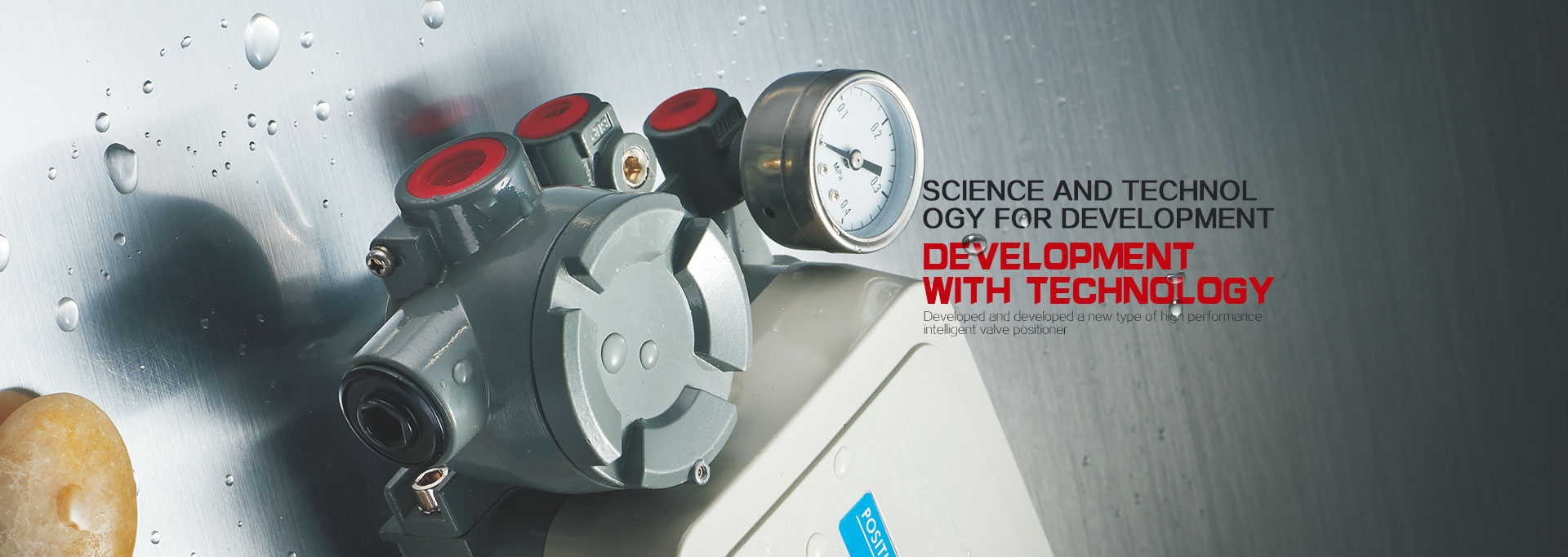Valve Manufacturing Process Requirements for Valve Design
As the problem of inferior craftsmanship in valve manufacturing process is one of the important contents of product design, the inferior craftsmanship in valve manufacturing must be put forward for valve design. Bian Yao's artistic requirements are as follows.
1) casting
The reasonable structure should be considered according to the characteristics of different materials. For example, due to the large volume shrinkage of malleable iron castings and the need for toughening and heat treatment, the size and thickness of castings should be as small as possible: while the fluidity of stainless steel castings is poor, the thickness chosen for design should be increased appropriately, and the shape should be as simple as possible.
(2) The wall thickness should be as uniform as possible, the joints should have circular arcs and necessary inclination to ensure smooth transition, and should try to avoid excessive metal accumulation, so as to avoid shrinkage, porosity, cracks and other defects.
(3) The empty knife at the bottom of the valve body should not be too narrow or too deep. In order to make the core have a certain strength, the arc radius of the empty knife should be determined as far as possible according to the diameter of the valve, so as to avoid the difficulty of crushing the core sand when pouring.
When determining the minimum wall thickness of the valve body, not only the strength and stiffness of the valve body should be calculated, but also the casting conditions and methods of the manufacturer should be taken into account so as to achieve good quality, light weight and material saving.
The convenience of lifting mould must be considered.
2) forgings
The shape of forgings should be as simple as possible, and die forgings should be used for large batches of parts.
(2) Appropriate drawing slope should be adopted, and sharp angles and edges should be avoided as far as possible.
3) heat treatment
The requirements of heat treatment should be reasonably selected according to the characteristics of materials, such as hardness and mechanical properties, and a reasonable range should be set.
(2) The rigidity of parts which are prone to deformation during heat treatment should be properly strengthened.
4) surfacing, mechanical loading and assembly
(1) Weldability of base parts and surfacing materials should be considered to avoid defects such as cracks. At the same time, appropriate Gross size should be selected.
(2) There should be a positioning datum for easy clamping and adding.
(3) It should be easy to measure and make the design datum and the measurement datum as consistent as possible.
(4) The design should create conditions for choosing standard cutting tools, standard fixtures and standard measuring tools so as to reduce self-made equipment.







